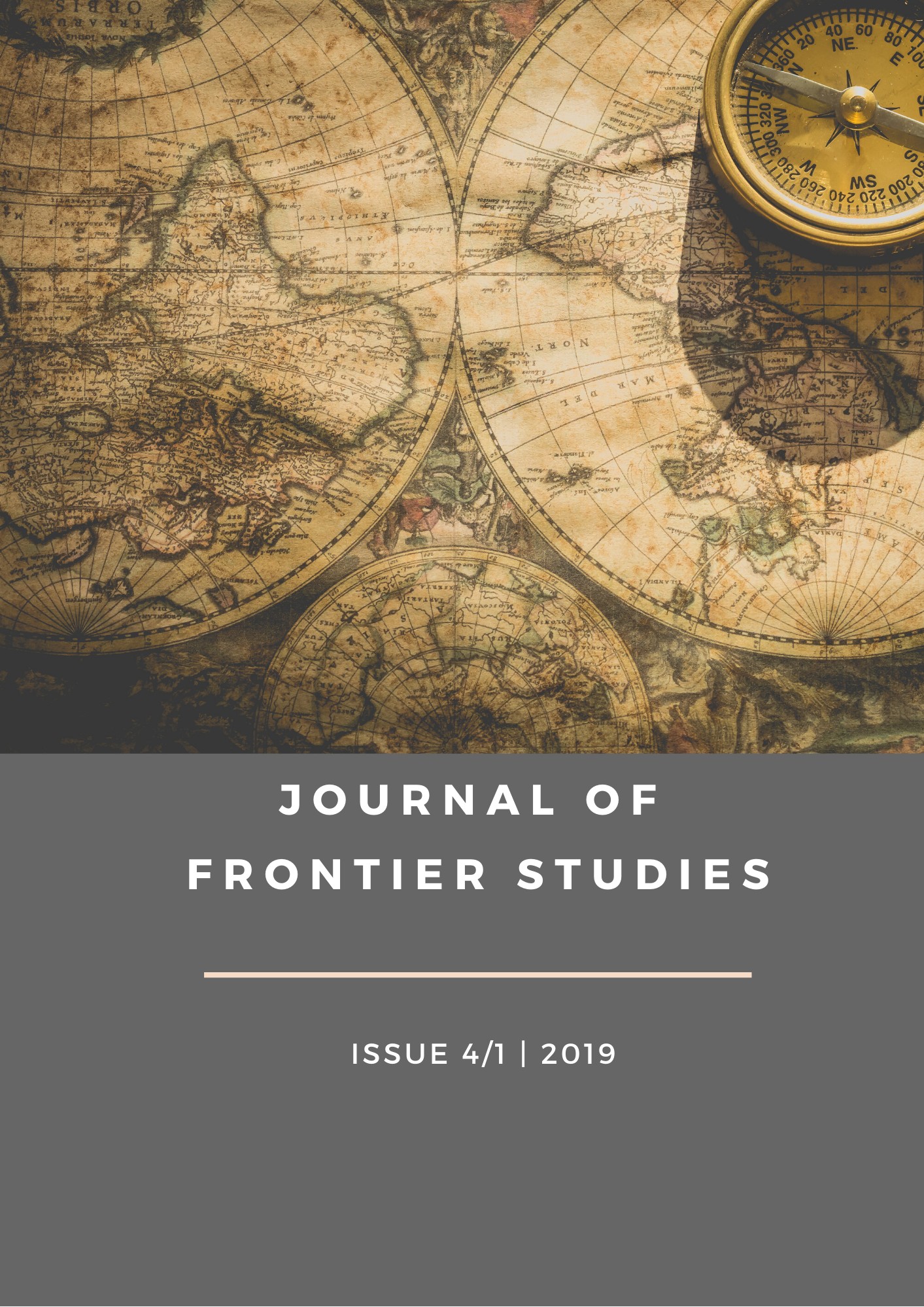Abstract
In the given research for the first time letters of engineer-railroader Gavriil Stepanovich Moskvitin, who served at the construction of Chinese Eastern Railway, introduced into scientific circulation. Methods microhistory applied in the study of the traditional way of life of railway man in Manchuria. Earlier published sources said almost nothing about the traditional of railroad mans the Chinese Eastern Railway, which is manifested in everyday life, norms and values, behavior, problems of railway workers and many others. The letters like these form a certain system, which has a chronological sequence. It is equally important that, years after these letters were written, sent, received and read, they were preserved as material evidence of human life and were transferred to the Astrakhan archive by sister G. S. Moskvitina.
Taking into account that man and society position themselves in space, the author analyzes the process of development and perception of the frontier space of Manchuria by the Russian engineer-railroader at the end of XIX – beginning of XX centuries. To today, the study of perception and development of the frontier space at the level of microhistory requires special attention from the historian, as it allows a better understanding of the functioning of the Russian Empire and its colonies. The author considers that G. S. Moskvitin letters written between 1898 and 1901 performed a number of functions.
References
Bakich, O. (1985). Origins of the Russian Community on the Chinese Eastern Railway. Canadian Slavonic Papers, 1 (27), 1-14.
Cherutti, S. (2004). Microhistory: Social Relations versus Cultural Models. Beetween Sociology and History. Essays on Microhistory, Collective Action, and Nation-Building, 17-40.
Ginzburg, C. (1993). Microhistory: Two or Three Things That I Know about It. Critical Inquiry, 1(20), 10-35.
Ginzburg, С. (2005). Latitude, Slaves, and the Bible: An Experiment in Microhistory. Critical Inquiry , 3(31), 665-683.
Magnússon, S. G. (2015). Views into the Fragments: An Approach from a Microhistorical Perspective. International Journal of Historical Archaeology, (20), 182–206.
Magnússon, S. G. (2016). Tales of the unexpected: The "textual environment", ego-documents and a nineteenth-century icelandic love story – an approach in microhistory. Cultural and Social History, 12(1), 77-94.
Magnússon, S. M. (2016). Far-reaching microhistory: the use of microhistorical perspective in a globalized world. Rethinking History. The Journal of Theory and Practice, 21(30), 312-341.
Bessmertnyj, Yu. L. (1999). Collision of micro and macro approaches and French historiography of the 90s. Historian in search. Micro- and macro approaches in the study of the past. Reports and speeches at the conference on October 5-6, 1998, 10-30.
Chernyakov, O. (2006). Synopsis of a thesis. Activity of Chinese Eastern Railway and Zaamursky district security guards of separate corps of border guards on protection of state interests of Russia in the Far East (1897-1918). Komsomolsk-on-Amur.
State Archives of the Astrakhan region. Found 1096. Inventory 1.
Ginzburg, C. (2000). The Cheese and the Worms. Moscow: ROSSPEN.
Grandi, E. (1996). Once again about microhistory. Case. Individual and unique in history, 291-302.
Kozlovsky, B. (1969). Protection guards. Polytechnician. Anniversary collection, (10), 83-85.
Medic, H. (1994). Microhistory. THESIS, (4), 193-202.
Nilus, E. H. (1969). Investigations of Chinese Eastern Railway 1896-1923. Polytechnic, (17), 212-221.
Nilus, E. H. (1924). Historical review of Chinese Eastern Railway structures. 1896-1923 (VOL. I). Harbin: Printing house of CEL and T-wa "Ozo".
Full collection of laws of the Russian Empire. Decree on military conscription, approved by the Highest Decree on January, 1 (13), 1874. (1874). Retrieved from: http://doc.histrf.ru/19/ustav-o-voinskoy-povinnosti-vysochayshe-utverzhdennyy-1-13-yanvarya-1874-g/.
Revelle, J. (1996). Microhistorical analysis and construction of the social. Odysseus. Man in history, 110-127.
Rossov, P. (1901). Russian China. Essays of Kwantung Leased Territory and life of the native population. Port Arthur: New edge.
Rudakov, I. S. (2010). Synopsis of a thesis. Formation of the Amur Military District and its role in strengthening the defense capabilities of the Russian Far East (1884-1917). Khabarovsk.
Tairov, M. (1972). Who built Harbin and how?. Polytechnic ,4), 109-118.
Tishenko, P. (1945). Russians in Agriculture of Northern Manchuria. Eastern Overview, (21-22), pp. 56-71.
Shenk, F.B. (2016). Train to modernity. Mobility and social space of Russia in the railway age. Moscow: NLO.
Yakushenkov S. N. (2015). Topophilia vs topophobia as a cognitive paradigms of frontier space. The Caspian region: politics economy culture, 3 (44), 261-266.
Yakushenkov, S.N. (2016). Gloomy clouds cover the border – the stern land is enveloped in silence. Journal of Frontier Studies, (4), 7-32.

This work is licensed under a Creative Commons Attribution-NonCommercial-NoDerivatives 4.0 International License.

